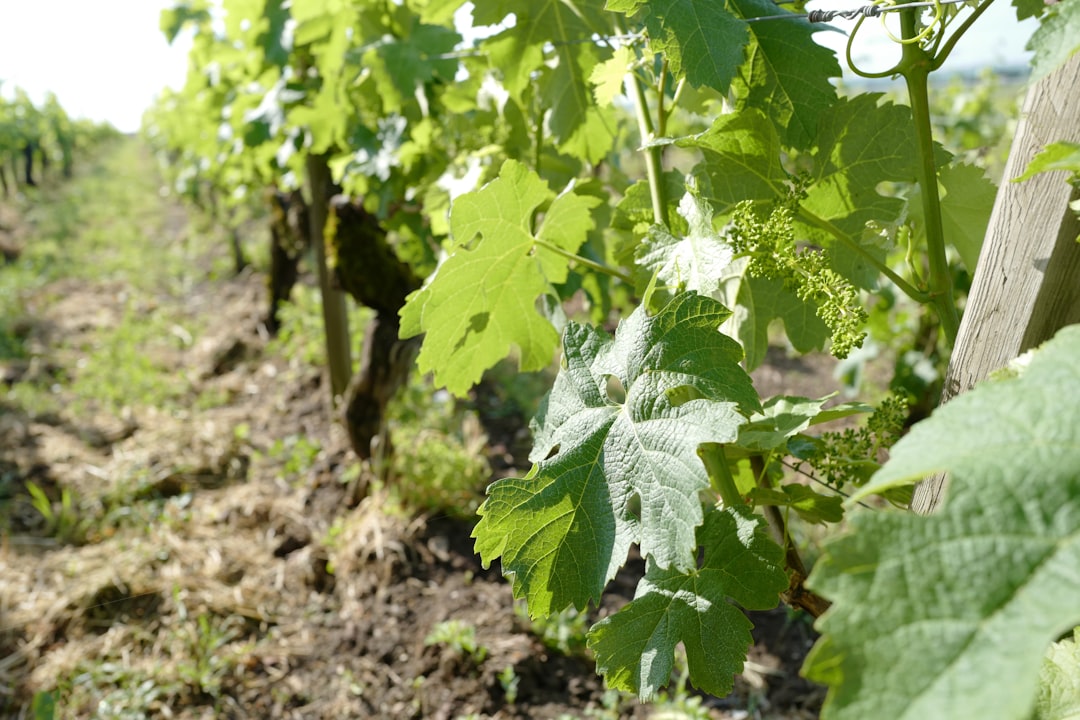Unleashing the Blooms: The Art of Fertilizing Christmas Cacti

Christmas cacti, with their vibrant and delicate blooms, are a beloved addition to many indoor gardens. These plants, native to the tropical rainforests of Brazil, bring a touch of festive color to the holiday season. However, to ensure that your Christmas cactus produces an abundance of flowers, proper fertilization is essential. In this article, we will explore the how and when of fertilizing Christmas cacti for optimal bloom.
First, let's understand the unique needs of Christmas cacti. Unlike some other houseplants, Christmas cacti are epiphytes, which means they grow on other plants in their natural habitat. They have adapted to receive nutrients from the air, rain, and decaying organic matter around them. This characteristic influences their fertilization requirements.
When it comes to choosing the right fertilizer for your Christmas cactus, a balanced, water - soluble fertilizer is a great option. Look for a fertilizer with an N - P - K ratio (nitrogen - phosphorus - potassium) of around 20 - 20 - 20 or 10 - 10 - 10. Nitrogen is important for the plant's leaf and stem growth, phosphorus promotes flower bud formation, and potassium helps with overall plant health and disease resistance.
Now, let's talk about the timing of fertilization. The best time to start fertilizing your Christmas cactus is in the spring, after the plant has finished blooming. This is when the plant enters its active growth phase. Begin by diluting the fertilizer to half the strength recommended on the package. Over - fertilizing can be harmful to the plant, causing salt buildup in the soil and potentially burning the roots.
During the spring and summer months, fertilize your Christmas cactus every two to four weeks. As the days start to get shorter in the fall, around September or October, you should reduce the frequency of fertilization. This is because the plant is preparing for its dormancy period, which is crucial for flower bud formation. Stop fertilizing completely in late fall, usually around November, and resume in the spring after the blooming period is over.
Another important aspect of fertilizing Christmas cacti is the application method. When you water your plant, mix the diluted fertilizer with the water. Make sure to water the plant thoroughly until water drains out of the bottom of the pot. This helps to ensure that the fertilizer reaches the roots evenly and prevents salt buildup.
It's also worth noting that the soil in which your Christmas cactus grows plays a role in fertilization. Use a well - draining potting mix, preferably one that is formulated for cacti and succulents. A good soil mix allows the roots to breathe and helps in the proper absorption of nutrients.
While fertilization is important, it's not the only factor that affects the blooming of Christmas cacti. Light and temperature also play significant roles. Christmas cacti need bright, indirect light. Too much direct sunlight can scorch the leaves, while too little light can result in poor growth and fewer flowers. In terms of temperature, these plants prefer cooler temperatures during their dormancy period, around 50 - 55°F (10 - 13°C). Warmer temperatures can disrupt the flower - bud formation process.
To sum it up, fertilizing your Christmas cactus correctly is a key step in getting the best blooms. By choosing the right fertilizer, fertilizing at the appropriate times, and using the proper application method, you can help your plant thrive and produce a spectacular display of flowers during the holiday season. Remember to also pay attention to other factors like light, temperature, and soil quality to ensure the overall health of your Christmas cactus.
So, if you want to enjoy a beautiful and blooming Christmas cactus year after year, follow these fertilization tips. With a little care and attention, your Christmas cactus will become the centerpiece of your indoor garden, adding a touch of natural beauty to your home during the most wonderful time of the year.